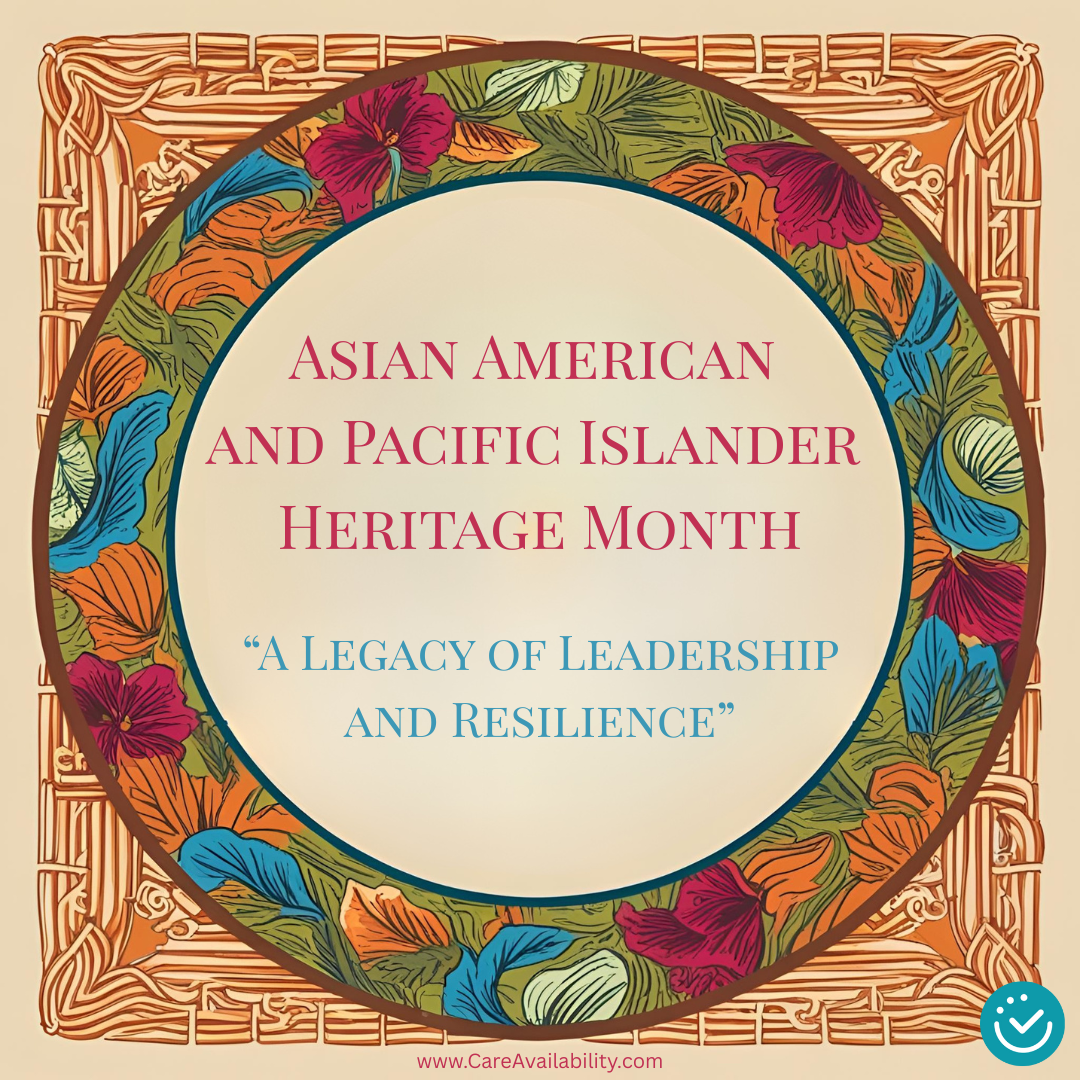The Benefits of Pet Therapy for Seniors
August is National Dog Month, the perfect time to celebrate the special bond between people and their canine companions. For seniors, this connection can be more than heartwarming—it can be life-changing. Whether it’s owning a dog or participating in community pet therapy programs, the presence of dogs offers proven physical, emotional, and social benefits.
1. Emotional Well-Being and Companionship
Loneliness can be a common challenge for older adults, especially for those who live alone or are far from family. Dogs provide consistent companionship, unconditional love, and a comforting presence. Studies have shown that interacting with dogs can increase serotonin and dopamine levels—brain chemicals linked to happiness and relaxation—helping to reduce symptoms of depression and anxiety.
2. Physical Health Benefits
For seniors who own dogs, daily walks or playtime can encourage regular movement, improving cardiovascular health, mobility, and stamina. Even for those who cannot own a dog, pet therapy visits often involve light activity such as gentle brushing or tossing a ball, which can help maintain motor skills and flexibility. Physical contact with dogs has also been shown to lower blood pressure and reduce stress hormone levels.
3. Cognitive Stimulation
Engaging with a dog—whether by remembering commands, learning about the animal’s personality, or reminiscing about past pets—can provide valuable mental stimulation. For seniors with dementia or Alzheimer’s disease, structured pet therapy sessions have been shown to spark memories, improve mood, and enhance communication.
4. Social Interaction
Dogs are natural icebreakers. Seniors walking their dogs or meeting therapy animals during community visits often find themselves striking up conversations with others. This increased social interaction can help reduce feelings of isolation and build a sense of community.

5. A Sense of Purpose
For seniors who can care for a pet, daily routines like feeding, grooming, and walking a dog provide a renewed sense of responsibility and purpose. Even short visits from therapy dogs can give residents in senior living communities something joyful to look forward to each week.
When a Dog of Your Own Isn’t Possible
While owning a dog offers many benefits, it’s not always practical for every senior due to health, mobility, or housing restrictions. This is where pet therapy programs shine. Many senior living communities, rehabilitation centers, and hospitals welcome trained therapy dogs to visit residents. These sessions allow older adults to enjoy the warmth, affection, and comfort of dogs—without the ongoing commitment of ownership.
Here are some national programs that bring dogs to people of all ages, including seniors:
- Pet Partners – One of the largest and most respected therapy animal organizations in the U.S., offering training and connecting volunteers with communities in need.
- Therapy Dogs International – Provides trained therapy dogs to hospitals, nursing homes, and other facilities.
- Alliance of Therapy Dogs – A volunteer-based organization that certifies therapy dog teams and helps them reach people in care settings across the country.
- Love on a Leash – Focused on providing comfort and stress relief through pet-assisted therapy visits.
National Dog Month is a reminder of the joy and wellness that dogs bring into our lives. Whether it’s through the steady companionship of a beloved pet or the happy tail wags of a visiting therapy dog, the bond between seniors and dogs is truly therapeutic—for both species.

















